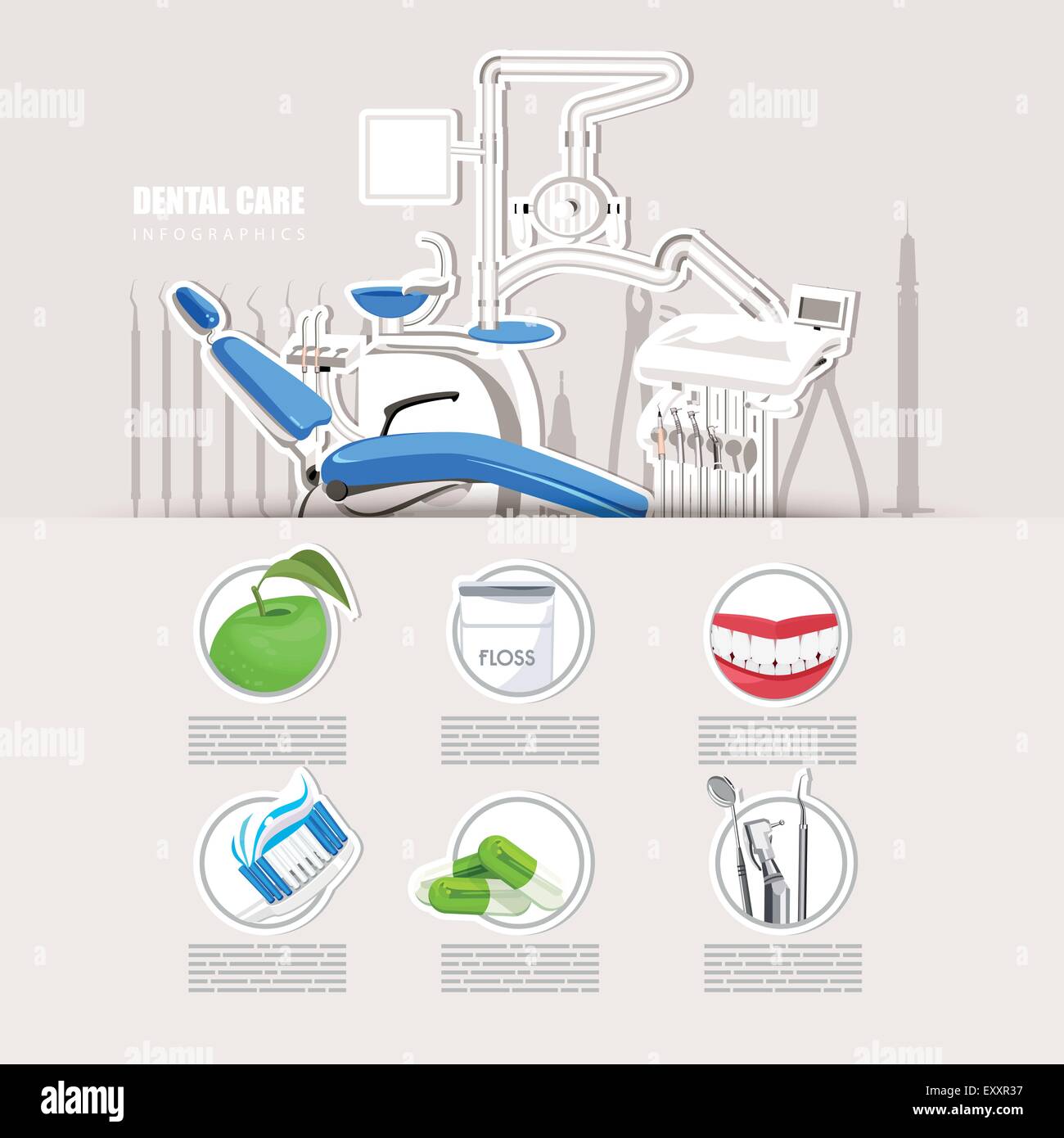Explore The Pioneering Developments That Are Altering The Landscape Of Oral Surgery. Investigate The Future Of The Area And Ensure You Continue To Be At The Center. Click Now For A Preview Of What Is To Find
Explore The Pioneering Developments That Are Altering The Landscape Of Oral Surgery. Investigate The Future Of The Area And Ensure You Continue To Be At The Center. Click Now For A Preview Of What Is To Find
Blog Article
Write-Up Writer-Bendixen Hessellund
Invite to the world of dental surgery, where developments and advances are forming the future of the field! In this amazing world, you'll witness the transformative power of robotics, the cutting-edge wonder of 3D printing, and the game-changing effect of minimally invasive methods.
The future of oral surgery holds a pledge of accuracy, effectiveness, and improved patient results. With the help of advanced robotics, surgeons have the ability to execute complicated treatments with greater accuracy and control.
3D printing modern technology is revolutionizing the production of dental implants and prosthetics, using personalized remedies that fit flawlessly into each person's distinct makeup.
Furthermore, minimally intrusive strategies are lowering post-operative pain and recovery time, allowing clients to go back to their every day lives earlier.
Get ready to discover the interesting advancements and advancements that are reshaping the landscape of oral surgery!
Advancements in Robotics
One major advancement in dental surgery is the use of robot technology, which allows for specific and reliable procedures. With the help of robot systems, dental surgeons have the capacity to execute intricate surgical procedures with boosted precision, decreasing the risk of human error.
These robot systems are geared up with advanced imaging technology and precise tools that enable surgeons to navigate through intricate anatomical frameworks effortlessly. By using robot innovation, cosmetic surgeons can accomplish greater medical accuracy, resulting in boosted individual results and faster recuperation times.
In https://are-veneers-covered-by-in27272.onzeblog.com/33035371/obtain-the-within-scoop-on-who-can-truly-benefit-from-invisalign-uncover-the-essential-factors-that-could-influence-your-smile-improvement , the use of robotics in dental surgery enables minimally invasive procedures, reducing the injury to surrounding cells and promoting faster healing.
3D Printing in Oral Surgery
To enhance the area of oral surgery, you can discover the subtopic of 3D printing in oral surgery. This ingenious innovation has the prospective to revolutionize the method oral cosmetic surgeons operate and treat people. Right here are four key ways in which 3D printing is shaping the field:
- ** Customized Surgical Guides **: 3D printing enables the development of highly accurate and patient-specific medical guides, enhancing the precision and performance of treatments.
- ** Implant Prosthetics **: With 3D printing, oral surgeons can produce customized dental implant prosthetics that completely fit a patient's special makeup, leading to better results and individual satisfaction.
- ** Bone Grafting **: 3D printing makes https://www.azcentral.com/story/news/local/best-reads/karinabland/2015/09/02/karina-bland-my-so-called-midlife-teenagers-wisdom-teeth-extraction-truth-serum/71599658/ for the manufacturing of patient-specific bone grafts, minimizing the requirement for traditional implanting strategies and improving recovery and healing time.
- ** Education and learning and Educating **: 3D printing can be used to create practical medical models for instructional purposes, permitting oral surgeons to exercise complicated treatments before performing them on individuals.
With its possible to boost precision, modification, and training, 3D printing is an amazing development in the field of oral surgery.
Minimally Invasive Techniques
To better progress the area of oral surgery, embrace the potential of minimally intrusive techniques that can significantly benefit both surgeons and clients alike.
Minimally intrusive strategies are transforming the field by decreasing medical trauma, lessening post-operative pain, and speeding up the healing process. These techniques entail making use of smaller lacerations and specialized tools to execute treatments with precision and efficiency.
By making use of innovative imaging modern technology, such as cone beam of light computed tomography (CBCT), surgeons can precisely intend and perform surgeries with marginal invasiveness.
Additionally, using lasers in oral surgery enables precise tissue cutting and coagulation, resulting in lessened bleeding and reduced healing time.
With minimally intrusive techniques, people can experience quicker recovery, decreased scarring, and boosted outcomes, making it a crucial aspect of the future of dental surgery.
Final thought
So, as you can see, the future of oral surgery is extremely encouraging, with amazing innovations and developments shaping the area.
From the innovations in robotics to making use of 3D printing and minimally intrusive methods, dental surgeons are changing the means they provide care.
While some might fret about the possible price associated with these innovations, it is essential to keep in mind that these modern technologies eventually enhance patient end results and decrease recovery time, making them well worth the financial investment in the future.
